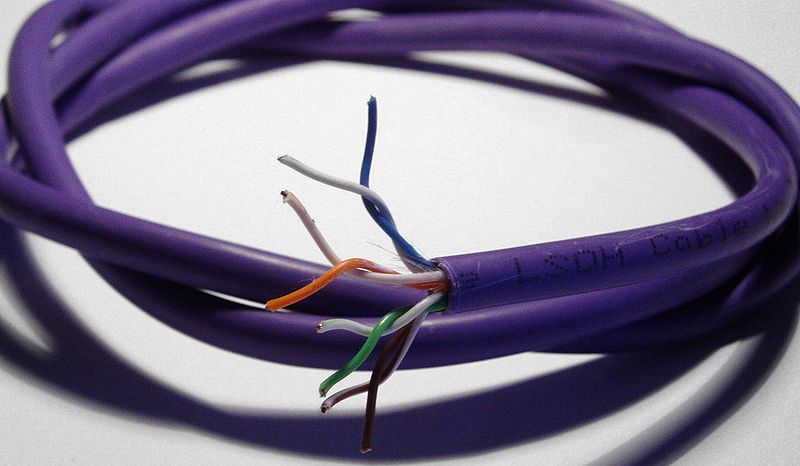 Its a good idea to wire your devices with Ethernet cables in your home when possible (see How to get better Wi-Fi). If you’re building or renovating, take the opportunity to install networking wires (or “cable”) into the walls. OK, but what networking cable should you install? Ethernet cables come in various standards or “Categories” (Cat for short), but there are only a few that you need to know about: Cat 5e, Cat 6 and Cat 6a.
Its a good idea to wire your devices with Ethernet cables in your home when possible (see How to get better Wi-Fi). If you’re building or renovating, take the opportunity to install networking wires (or “cable”) into the walls. OK, but what networking cable should you install? Ethernet cables come in various standards or “Categories” (Cat for short), but there are only a few that you need to know about: Cat 5e, Cat 6 and Cat 6a.
Cat 5e: You can delve into the more technical details of Cat 5e here, but basically Cat 5e will cover up to Gigabit Ethernet (the current fastest home network speeds). It supposed to handle 10 Gigabit speeds for cable lengths of up to 45 meters, but this is under ideal circumstances, so ‘milage may vary’ greatly in your home. Cable runs are often long and are often placed near sources of electrical noise. (Yes, cables and other devices make ’electrical noise’, so ‘crosstalk‘ is an issue). In short, don’t plan on getting 10G networking from Cat 5e. Cat 5e is fairly robust when installing – mainly just don’t bend or kink it. Cat 5e cable is the minimum you should install in your home.
Cat 6: Cat 6 is the next step up. It allows up to 10 Gigabit networking for cables up to 55 meters long (37 meters when not properly separated from sources of electrical noise), so it will provide some headroom for your home tech. (Yes, someday we will need that kind of speeds – think about the next generation of high definition videos.) The trade off is higher cost (should be about 20% or less premium over Cat 5e), but the cost is coming down as corporations are moving to Cat 6. Installation is the same as Cat 5e.
Cat 6a: You might see Cat 6e, but there is no official standard for it. The next tier is Cat 6a, and it allows 10 Gigabit up to 100 meters – the length limit for networking cable. Cat 6a is not commonly used, so its quite expensive. It would be best to avoid at this time unless you know you need 10G network speeds, but that’s pretty unlikely.
Perhaps Cat 6a or even fibre optic cable will be the future, but Cat 6 is the sweet spot right now balancing cost, ease of install and future proofing. Pretty straight forward, eh? The next trick is to plan your home network for today’s and tomorrow’s entertainment, computers and home automation – let us know if you need a hand with that.
